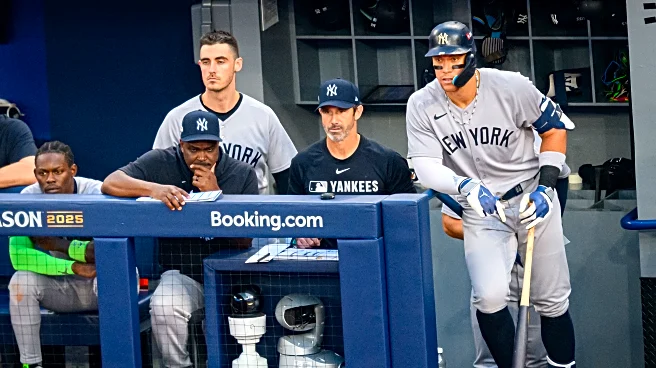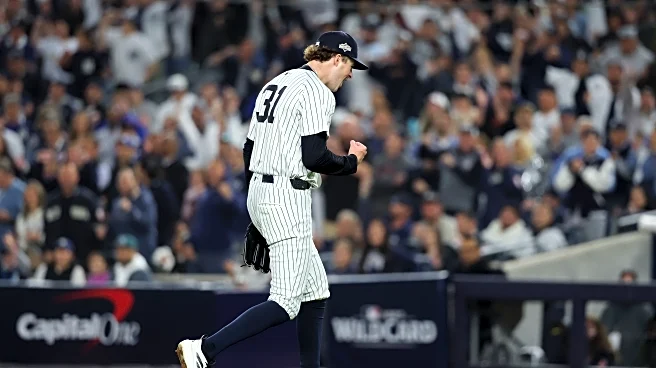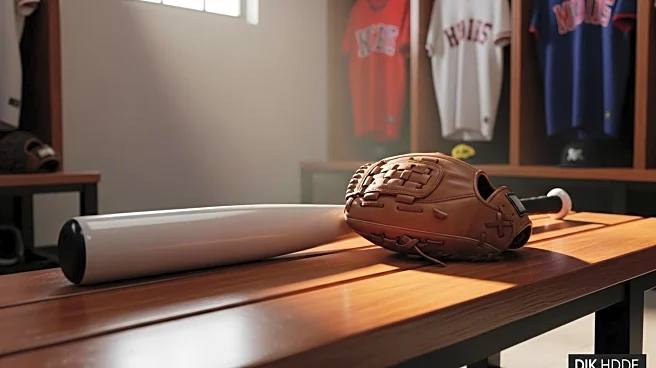There’s not much positivity to glean from the Yankees’ current playoff predicament, the Bombers needing to win three games in a row to advance beyond the Blue Jays out of the ALDS. To lighten the mood,
I thought we could go back to the last time we felt excited about the Yankees’ chances this postseason — Cam Schlittler’s record-breaking twelve-strikeout gem to eliminate the Red Sox in Game 3 of the AL Wild Card Series and punch the Bombers’ ticket to the ALDS.
Schlittler set several records during his unforgettable performance including the most strikeouts by a Yankees rookie in the postseason in franchise history while also becoming the first pitcher in MLB history to record a playoff start of at least eight innings with 12 strikeouts, no walks, and no runs allowed. The most impressive of those strikeouts in my eyes was the final one to complete the dozen, so let’s break it down on Sequence of the Week.
Many fans, myself included, were surprised to see Schlittler emerge from the dugout for the eighth inning, his pitch count already at a career-high 100. However, the first pitch he threw that inning made it abundantly clear that he still had enough left in the tank to get through the frame.
Schlittler pours in a first-pitch sinker at 97 mph for a called strike. You might wonder how Romy Gonzalez takes this pitch that ends up middle-middle, but the sinker left Schlittler’s hand as a ball away before its foot of arm-side running movement carried it back across the plate for a strike. This pitch alone was all the evidence needed that Schlittler could handle the eighth, the velocity and location of the pitch demonstrating his command of the situation.
Now that Gonzalez has seen a pitch look like a ball out of Schlittler’s hand before running back into the zone for a called strike, Schlittler has the situation set up perfectly to try and induce a chase on a breaking pitch away.
Even though this cutter lands well outside of the zone for a ball, that doesn’t make it a bad pitch. It exits his hand out of a similar tunnel as the sinker that immediately preceded it, requiring accurate split-second pitch recognition and a good take from Gonzalez. With the pitch coming in at 91 mph, there is that much less time for the hitter to read spin and react, so hats off to Gonzalez for the take.
After watching Gonzalez effectively spit on the previous pitch, it wouldn’t make much sense for Schlittler to stay with the cutter. Instead, he goes right at Gonzalez with a high octane four-seamer, challenging the number nine hitter in the zone and daring him to make contact.
Make contact Gonzalez does not, this heater practically entering Austin Wells’ glove by the time the hitter’s bat enters the hitting zone. It’s a classic case of simply overpowering the hitter with a fastball — the Red Sox were unable to catch up to Schlittler’s heater all night and that remained the case with this pitch.
The count leverage is now firmly in Schlittler’s favor thanks to a pair of in-zone fastballs. He knows Gonzalez has to protect, opening up chase opportunities yet again. He may not have gotten the hitter to bite on the first cutter he threw, but perhaps one located closer to the zone will extract the chase.
This pitch is even better executed that the cutter Schlittler threw, 0-1, yet somehow Gonzalez managed to read it as a ball. It is over the plate for its entire journey toward home and lands not that far from the bottom of the zone, requiring an unbelievably disciplined take from the hitter. Gonzalez either read the spin immediately out of the hand, was hunting a pitch up in the zone and eliminating anything belt-high and below, or maybe Schlittler tipped the pitch, because it is difficult to understand how Gonzalez is able to spit on it like this.
At this point, Schlittler likely realizes that he is not going to get Gonzalez to swing at a breaking pitch out of the zone. Rather than waste another pitch of his dwindling supply — pitch count at 104 at this point — he goes back to the tried and true method of getting the Red Sox hitters out this game: by simply throwing the fastball by them.
One again, Gonzalez has absolutely no shot at catching up with this pitch. That’s 98 mph centrally located but just above the zone, and the velocity, location, and elite 18 inches of induced vertical movement combine to deny Gonzalez any chance of making contact.
Here’s the full sequence:

This encounter showcased all the major areas of growth from Schlittler from the time he made his MLB debut just three months ago. After coming through the system throwing in the low-90s, Schlittler now not only can hit 101 mph but maintains that velocity throughout a start, even into the eighth inning with the pitch count in the triple digits. His command of the four-seamer has improved leaps and bounds with Schlittler now able to consistently pepper the top ledge of the zone. His cutter was a home run machine when he first came up owing to a propensity to miss middle-middle, but now he’s able to command the pitch to the chase regions on the periphery of the zone.
What’s more, he throws two different versions of the pitch — one at 95-96 that functions as a true cut fastball and the version you saw here, low-90s and with way more depth like a traditional gyro slider. Finally, his incorporation of the sinker makes his four-seamer that much harder to hit given how similar the two pitches look coming down the pipe and their divergent movement profiles, the four-seamer staying on-plane and flying straight while the sinker drops and runs arm-side. This start was the closest I’ve seen a Yankees starter look to prime Gerrit Cole, launching Schlittler’s career as a potential mainstay of the Yankees rotation for years to come.











